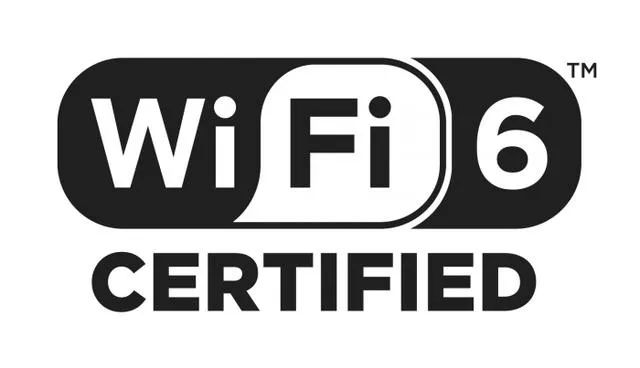Technology Daily Reporter Liu Xia
After much anticipation, it has finally arrived! According to the U.S. website “Extreme Tech” on September 16, the Wi-Fi 6 standard has officially been released, and the Wi-Fi Alliance is currently issuing Wi-Fi 6 certifications to manufacturers with compliant hardware. In the near future, many devices supporting Wi-Fi 6 will flood the market.

The Wi-Fi Alliance correlates specific Wi-Fi levels (4, 5, and 6) with certain technical standards. Wi-Fi 4 corresponds to 802.11n; Wi-Fi 5 corresponds to 802.11ac; and Wi-Fi 6 corresponds to 802.11ax.
The design intent of Wi-Fi 6 is to pack more Wi-Fi signals into the same crowded space, especially in places like homes, workplaces, or local NFL stadiums.
As a result, the Wi-Fi 6 standard performs exceptionally well in dense environments. Compared to Wi-Fi 5, the network bandwidth of Wi-Fi 6 is increased by four times—although the nominal data transfer rate only increases by 37%. Wi-Fi 6 uses Orthogonal Frequency Division Multiple Access (OFDMA) to subdivide the spectrum, allowing it to be allocated to many users simultaneously (a feature that Wi-Fi 5 lacks). Additionally, Wi-Fi 6 can simultaneously utilize Multi-User Multiple Input Multiple Output (MU-MIMO) and OFDMA, enabling more efficient spectrum sharing and reuse among devices.

Wi-Fi 6 standard officially released. Image source: U.S. “Extreme Tech” website
The Wi-Fi Alliance states that the current arrangement of appliances in users’ homes is very dense, making this improvement particularly useful. In the early days of Wi-Fi technology, the only devices that could be used at home might have been one or two laptops. However, nowadays, a household may have three to five computers, three to five smartphones, one smart TV, and one smart speaker.
However, device manufacturers need to look further ahead. In the future, a router may be required to connect three to five computers, three to five smartphones, two to four smart TVs, four to six smart speakers, and twenty to thirty various IoT devices and appliances scattered throughout the home. With so many products piled together, network interference issues must be considered.
Reportedly, early devices supporting Wi-Fi 6 include the Galaxy Note 10, Galaxy S10, and the three newly released iPhones from Apple, with most (if not all) flagship devices likely to support Wi-Fi 6 from now on.
Source: Technology Daily. All images in the text are from the internet unless otherwise noted.
Editor: Zhang Shuang (Intern)
Reviewer: Guan Jingjing
